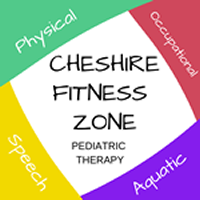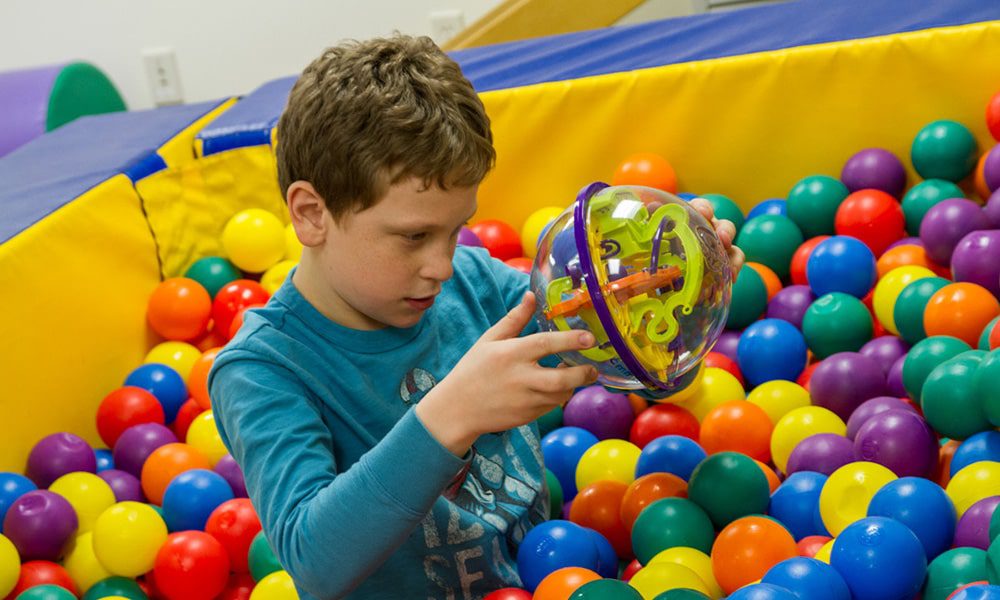When people hear the term “physical therapy”, they automatically think that you must have a critical injury or an inherent physical disability. Here’s a less common idea – it can serve largely for the physical well-being of the all elderly, with or without disability. There are a lot of needs when it comes to aging people and here is why physical therapy works out for them greatly.
Rife physical inactivity
An extremely large part of the elderly population is extremely sedentary. As they are growing older, their agility and stamina decreases. Hence, most elderly people would prefer to stay away from physical activities. They also share this false conception that it is safer for them to stay away from physical activity. Since their bones are becoming more fragile and muscles becoming weaker, they fear the risk of injuring themselves fatally. However, they don’t realize that physical inactivity has more ominous. They can develop arthritis and also obesity, which itself is an open door to many other health detriments like strokes, high blood pressure and heart diseases. Therefore, it is a no brainer for one to conclude that it’s important for them to get assistance in becoming more active.
Personalized convenience
In this very fast-paced world, the working children of many elderly people cannot micro-manage their parents. They can only take care of them in terms of supplying food and necessary equipment like walking sticks or wheelchairs. They have no time to teach them exercise. Some people send their parents to the Old Folks’ Home for healthy interaction. Although there are exercise programs there, they’re neither made nor conducted by professionals, and also cannot tailor the program to suit each individual’s personal needs. Hence, resorting to physical therapy is convenient as they provide the elderly with personalized programs to tackle their own set of weaknesses directly. It also reduces the burden on the children of the elderly, most of which are already working adults in a demanding society.
Holistic enhancement
Besides physical assistance, physical therapists can also detect intrinsic problems in terms of their mindsets, and effectively address them. For example, many elderly people don’t exercise mainly because of the lack of motivation. Therapists can then set a goal for the elderly to reach for that day, like walking non-stop for around 20 minutes, and then praise their achievement. Therapists can also educate the elderly.
Diane Gould, in-home physical therapy representative for Performance Plus had said that the elderly don’t even know how to exercise for their own benefit and are also fearful of possible injuries. Therapists can then educate them about safety precautions, recommend safety equipment and educate them with tailored exercises to suit their personal condition. The therapists can also modify some furniture arrangements to make the house environment more elderly-friendly, such as removing trip hazards and making walking paths easier with minimum turns. Basically, the therapists can help in (but not limited to) areas of physical, psychological, educational and environmental aspect.
With physical therapy, the importance of exercising even at a senile age will be deeply and sustainably inculcated in society and therefore drastically improve its health status across all ages, not just the age of the workforce and children. This will then reduce the burden of the workforce, as the elderly will be healthier and independent to do more things on their own with their improved agility and self-esteem – it’s a win for all stakeholders!



